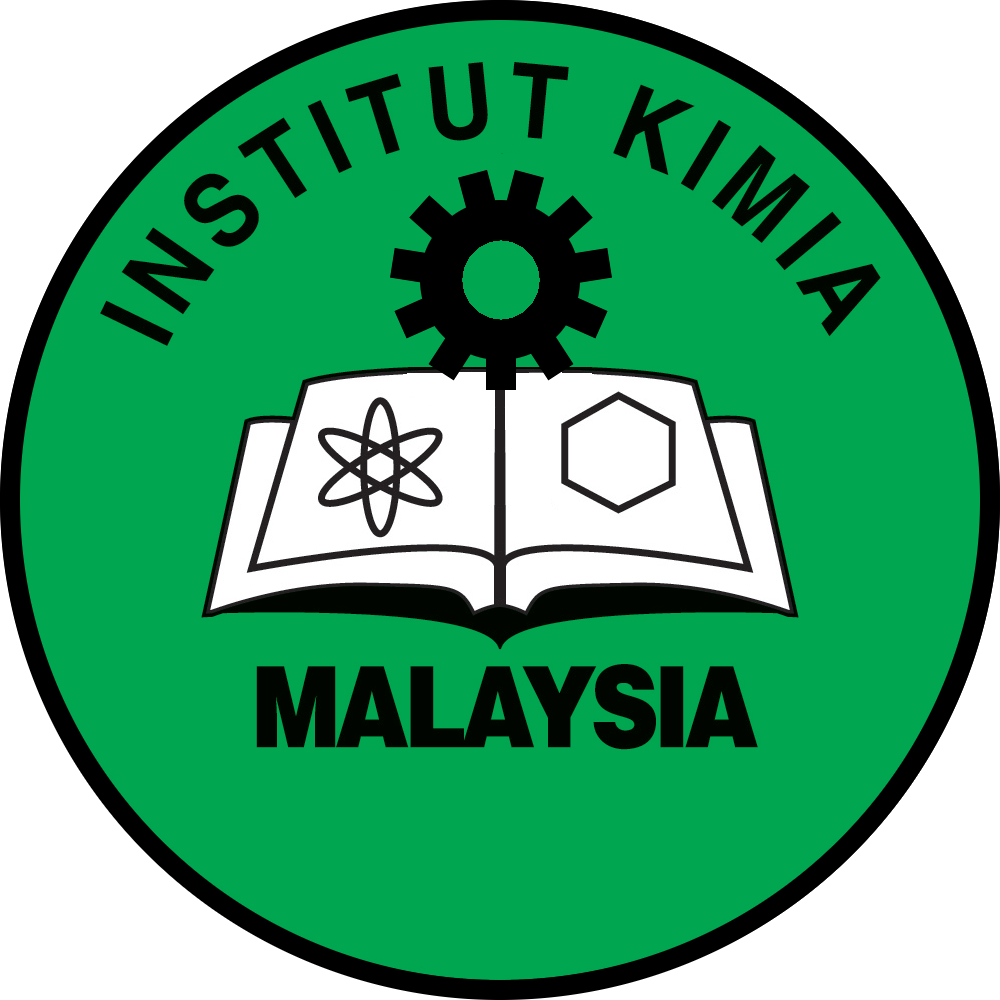In-Situ Removal of Residual Antibiotics (Tetracycline) in a Recirculating Aquaculture System using a Photolysis Treatment Process
DOI: https://doi.org/10.55373/mjchem.v26i6.91
Keywords: Photolysis; ultraviolet A, B, C irradiation; tetracycline; antibiotic
Abstract
The treatment of wastewater and recirculating water in aquaculture systems prior to its release into the environment is critical to ensuring regulatory compliance. Many mechanical systems, employing different biological and chemical protocols, have been developed over the years. Antibiotics are applied routinely in aquaculture to mitigate risks posed by biological agents such as viruses, bacteria, fungi, and parasites. However, these have detrimental effects on aquatic life and can cause infection in humans. The removal of excessive and persistent antibiotics from wastewater is a key stage in the treatment of effluent from aquaculture systems. This study aimed to evaluate the efficacy of the photolysis process for the in-situ removal of the antibiotic tetracycline (TC) from a recirculating aquaculture system. Three distinct forms of ultraviolet (UV) light, UV-A, UV-B, and UV-C, were used to study the effects of different radiation wavelengths. Ultraviolet-visible (UV-Vis) spectrophotometry was used to monitor the degradation of the antibiotic in a batch photoreactor by measuring absorbance values and computing the attenuation of concentration. The impact of different operational parameters on degradation efficiency was investigated. It was observed that increasing the initial concentration of the antibiotic led to a decrease in the degradation rate. At 3 ppm, the degradation efficiency was 81.3 %, while at 15 ppm, it decreased to 63.6 %. UV-C was shown to be the most efficient wavelength for breaking down TC molecules, resulting in a degradation of 63.6 % after 2 hours of exposure. The photodegradation rate of TC was proven to be higher at a basic pH (89.6 %) than in an acidic medium (66.9 %). Increasing irradiation time led to a higher TC degradation efficiency, where it reached 41.7 % after 60 minutes of irradiation and 63.6 % after 120 minutes. The levels of COD and TOC were observed to decrease by only 15.8 % and 6.6 % respectively, likely due to the formation of intermediates following photolysis. However, the change in BOD5 was negligible. The BOD5/COD ratio for the degradation of TC was found to have increased from 0 to 0.05, demonstrating a slight improvement in biodegradability of the organic residues. The reaction kinetics studies revealed that all experiments followed pseudo-first-order kinetics, with correlation coefficients (R^2) ranging from 0.9945 to 0.9981. The environmental impact of the photolysis byproducts, though potentially less harmful than the parent compound, remains unclear and necessitates comprehensive investigation.
